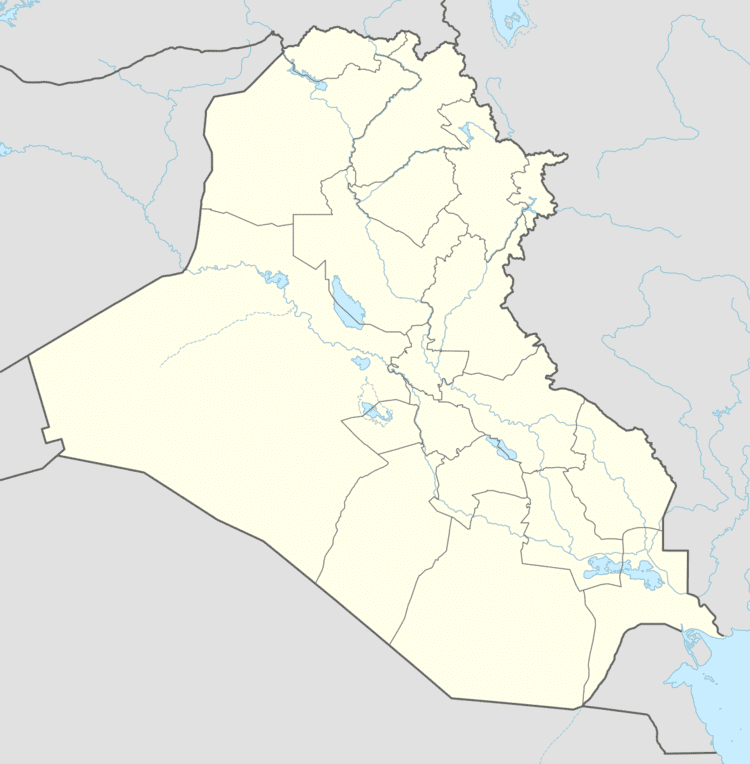Local time Thursday 12:03 AM | ||
 | ||
Weather 19°C, Wind E at 16 km/h, 32% Humidity | ||
Kisurra (modern Tell Abu Hatab, Al-Qādisiyyah Governorate, Iraq) was an ancient Sumerian city situated on the west bank of the Euphrates, 7 kilometres (4.3 mi) north of Shuruppak. The cities name has been described as meaning the "place of spinning" and also as "boundary-ditch". Kisurra's main deity was Ninurta. Later, Ishara's main Mesopotamian cult centre was at Kisurra, although she is also thought to have been worshipped across a wide area amongst Syrians, Canaanites, and Hittites.
Contents
History
Kisurra was established ca. 2700 BC, during the Sumerian Early Dynastic II period. The southern end of the Isinnitum Canal was joined back into the Euphrates at Kisurra. The city lasted as a center for commerce and transport through the Akkadian and part of the Babylonian Empires, until cuneiform texts and excavation show a decline during the time of Hammurabi (c.1800 BCE).
Kings of Kisurra
Archaeology
German archaeologists, beginning with Robert Koldewey in 1902, have found many cuneiform tablets from Tell Abu Hatab.
